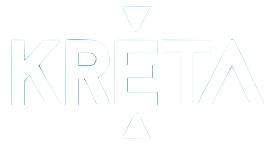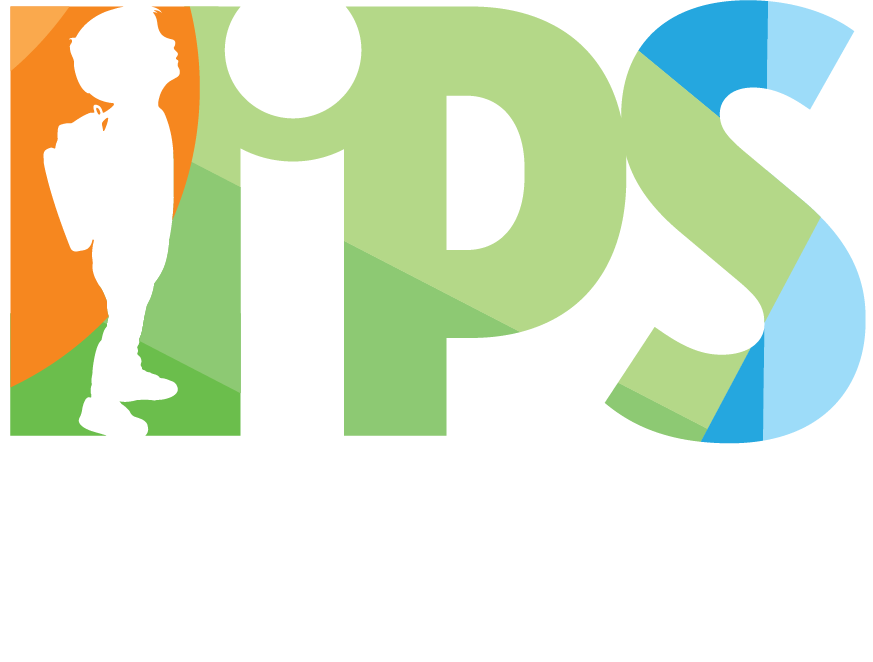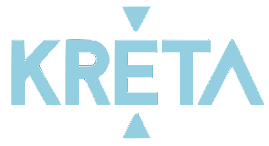IMYC
Szeged IPS a Nemzetközi Alaptanterv (IPC) szerint működik. Az IPC a Fieldwork Education által kifejlesztett, nemzetközileg elismert oktatási program 5-11 éves gyermekek számára. Több, mint 50 országban több, mint 200 iskola használja.
Bővebb információ: https://internationalcurriculum.com/
Az International Middle Years Curriculum (IMYC) az IPC folytatása, amely tovább fejleszti a diákok gyakorlati és tanulási készségeit. A tanterv az előző tanévekben tanított, következetes IPC-anyagokon alapul; mindazonáltal az IMYC-ben foglalt ismereteket nem bonyolult bepótolni azok számára, akik korábban nem tanulták az IPC-t.
Az IMYC a 11-14 évesek fejlődési igényeire reagál, olyan struktúrákat és rendszereket biztosítva, amelyek támogatják a serdülők agyának szükségleteit. 10 fő téma van, amelyek az IMYC magját alkotják attól függően, hogy mi az egyes egységek fő témája: művészet; tervezés, technológia és innováció; földrajz; történelem; nyelvművészet; egészség és jólét; IKT, számítástechnika; nemzetközi tanulmányok; znee; természettudomány. Az IMYC számos lehetőséget kínál a tantárgyi integrációra, így tanáraink mindig igyekeznek más, általuk tanított tantárgyakat úgy megtervezni, hogy azok megfeleljenek az oktatott IMYC témáknak.
Az IMYC a jelenlegi médiaplatformokra támaszkodik, magában foglalja az aktív készségeken alapuló tanulást, elősegíti az önreflexiót, és lehetőséget ad a diákok számára, hogy megértsék, mit tanulnak.
Az IMYC minden egysége fő tézisekre épül, amelyek lehetővé teszik az egyes tantárgyak egymásba integrált tanítását és tanulását, így az összes tantárgyat összekapcsolják a lefedett tantárgyak tanulásának fogalmi témájával.
A tanulók által irányított tanulási struktúrát kínáló IMYC segít a 11 és 14 év közötti gyerekeknek megtalálni a helyüket a világban, és célja a világnézetük fejlesztése.
Az IMYC felkészíti a tanulókat életük következő szakaszára, és megtanítja őket arra, hogyan ragadják meg jövőbeli lehetőségeikat. Célja, hogy a diákok globálisan kompetens személyekké váljanak.
Az IMYC Assessment for Learning (AfL) programja nyomon követi a tanulók képességeinek minden egyes szakaszát az egyes korcsoportokban, három szintre osztva: kezdő, fejlődő és elsajátított. Az IMYC értékelése az iskolánkban tanított többi tantárgyhoz hasonlóan történik, százalékos formában.



